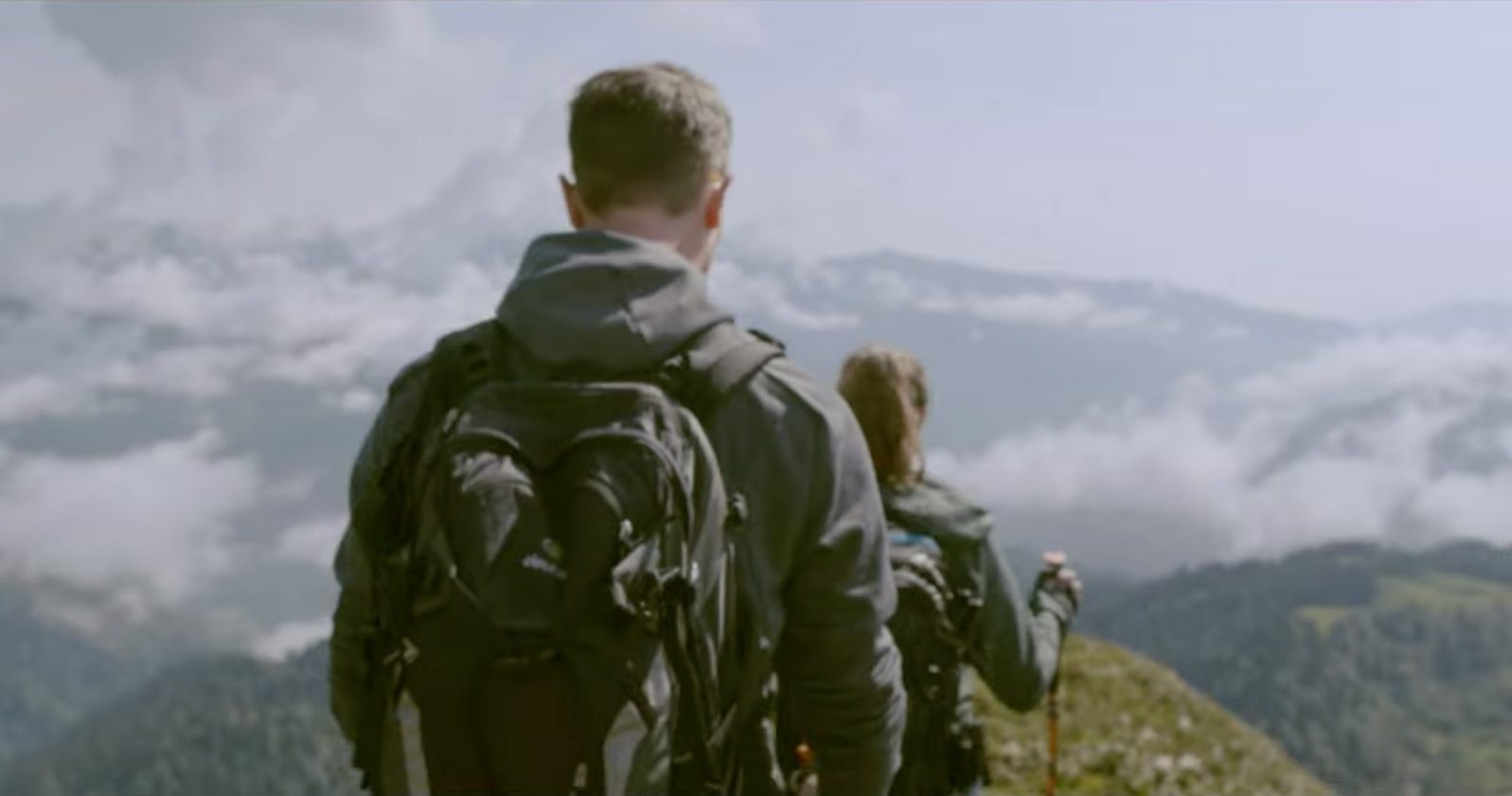Backpack load carriage and uphill walking – what matters for hikers?
Hiking is becoming a very popular activity with more than 27 million participants recorded in France by the Fédération Française de Randonnée. Despite this large proportion of the population participating in this activity, not a lot of research has been conducted on this topic and the literature remains scarce. This activity can be practiced overContinue reading "Backpack load carriage and uphill walking – what matters for hikers?"

Hiking is becoming a very popular activity with more than 27 million participants recorded in France by the Fédération Française de Randonnée. Despite this large proportion of the population participating in this activity, not a lot of research has been conducted on this topic and the literature remains scarce.
This activity can be practiced over long distances and is often accompanied with a specific equipment, for instance the outdoor backpack. The conjunction of heavy equipment and prolonged effort can lead to important energy demand.
It has been shown that humans expend considerably more effort to walk when carrying a backpack load. Metabolic energy expenditure increases sharply with the load carried, and can easily double for a moderate load (Goldman & Iampetro, 1962; Soule et al., 1978).
Considering the basic necessities when going on a hike, such as food, water or the tent, the load carried can become significantly heavy. The impact it could have on energy expenditure might be a limit to hiking participation.

